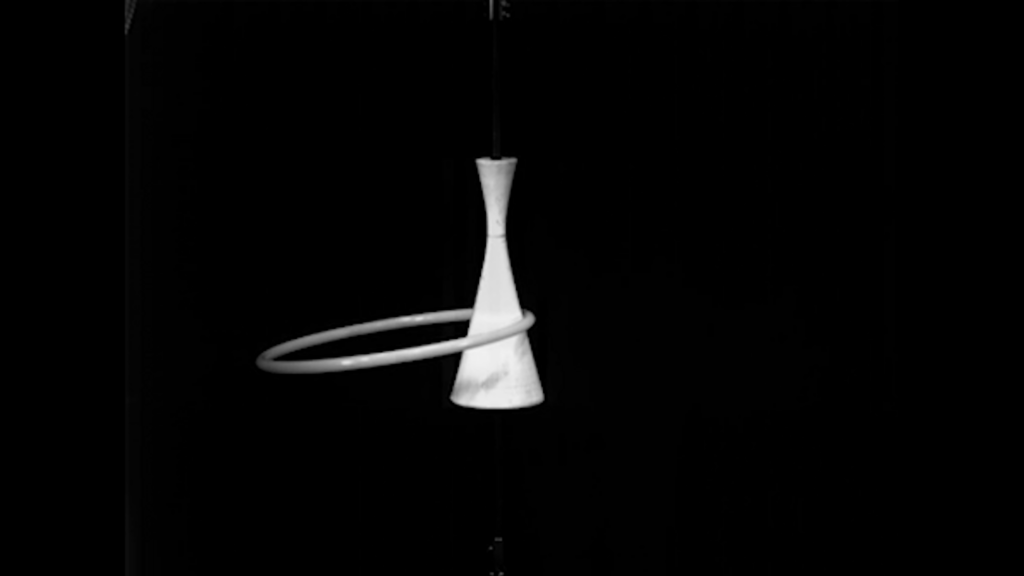[ad_1]
Hula hooping has remained a staple of modern US culture since the 1950s, but people around the world have participated in similar activities for thousands of years. The physics behind maintaining a perfect spin, however, has remained a mystery. Is it something that can be achieved by anyone with enough time and effort, or are there natural hula hoopers among us? Researchers recently investigated these dynamics using a specially designed, gyrating robot—and their findings provide the first-of-its-kind insight into the perfect spin.
“Seemingly simple toys and games often involve surprisingly subtle physics and mathematics,” a team from NYU’s Applied Mathematics Laboratory wrote in their study published in the Proceedings of the National Academy of Sciences on Monday. “Hula hooping involves these issues and others associated with the rolling point of contact on the body surface, which itself is actuated with gyration motions and whose geometry is expected to strongly affect the hoop dynamics.”
“We were surprised that an activity as popular, fun, and healthy as hula hooping wasn’t understood even at a basic physics level,” Leif Ristroph, a NYU associate professor of mathematics and senior study author, said in an accompanying statement on Thursday.

To learn how various body types influence hula hooping, Ristroph and his team placed multiple 3D-printed models shaped like lightbulbs, hourglasses, rectangles, and other forms roughly one-tenth the size of a human onto a robotic gyrator. They then launched six inch wide hoops onto the shapes while a high-speed video recorded their performance. After analyzing the results, researchers found that getting a hula hoop up and going could be achieved by any of their “body shape” models.
“In all cases, good twirling motions of the hoop around the body could be set up without any special effort,” said Ristroph.
Keeping a hoop going, however, is another matter. To maintain the spin for an extended period of time, a curvier body is often key. More specifically, a form that includes sloping “hips” that allow an angle to push the hoop, as well as a sufficient “waist” to sustain the hoop against gravity’s pull.
“People come in many different body types—some who have these slope and curvature traits in their hips and waist and some who don’t,” Ristroph explained. “Our results might explain why some people are natural hoopers and others seem to have to work extra hard.”
The experiment’s results go far beyond playground pastime strategy, however. Ristroph and his team believe hula hooping’s complex, subtle interactions of math and physics could help inspire engineering projects, especially robotics used in industrial processing and manufacturing.
[ad_2]
Source link


